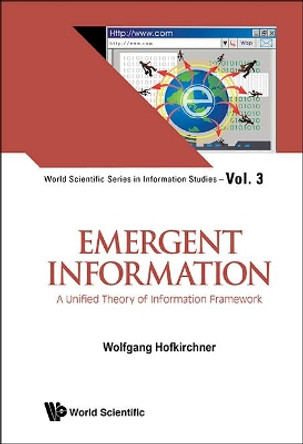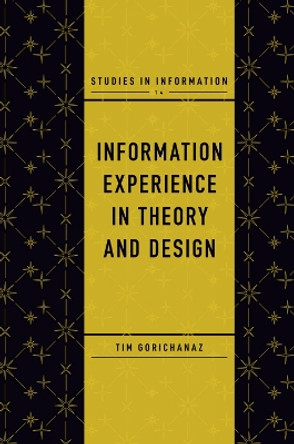Description
Communicative visuals, including written text, have a diverse range of forms and purposes. In this volume, the authors show that it is possible to both describe and explain the major properties of diverse visual-communication forms and purposes within a common theoretical framework of information design and ethics. For those unaccustomed to thinking of written text as a visual form belonging to the same general class as other visual forms (colour, texture, shape, imagery, etc.), consider how a text's readability suffers if we remove all white space and punctuation, which can be identified as visual signals of the same subtype as grid lines and bullet points, dividing and calling attention to adjacent information. The authors identify deep connections between foundational visual design elements and the grammar of language itself.
No physicist or chemist today questions the value of a single theory that describes and explains a wide variety of phenomena, but oddly enough, the authors have frequently been asked why they are interested in advancing a unified theory of visual communication. The simplest answer is: to treat visual communication as a science, and seeking unified theories is just what science does. In more practical terms, a unified approach to visual communication allows us to teach visual design students relatively few things that will enable them to do relatively many things.
About the Author
Nicole Amare is an associate professor of technical communication at the University of South Alabama, USA, where she teaches composition, technical writing, editing, ethics, stylistics, and grammar. She is the author of Real Life University, a college success guide, and editor of Global Student Entrepreneurs, Beyond the Lemonade Stand, and Giving Back. Some of her research has appeared in the Journal of Technical Writing and Communication, Business Communication Quarterly, IEEE Transactions on Professional Communication, Women & Language, and Technical Communication. Her most recent book, with Barry Nowlin and Jean Hollis Weber, is Technical Editing in the 21st Century (Prentice Hall, 2011). Alan D. Manning received his Ph.D. (linguistics, with a minor in technical writing) from Louisiana State University (LSU) in 1988. He taught linguistics, literature, and writing courses at LSU, Stephen F. Austin University in Texas, USA, and Idaho State University, USA, before joining the Brigham Young University, USA, linguistics faculty in 1994. His published research primarily deals with information design, editing, and semiotic analysis. He is coauthor, with Frank Parker, Kathryn Riley, and Kim Campbell, of Revising Professional Writing in Science and Technology, Business, and the Social Sciences, 2nd edition (Parlay Press, 2007).
Book Information
ISBN 9780895037794
Author Nicole Amare
Format Paperback
Page Count 215
Imprint Baywood Publishing Company Inc
Publisher Baywood Publishing Company Inc
Weight(grams) 317g







